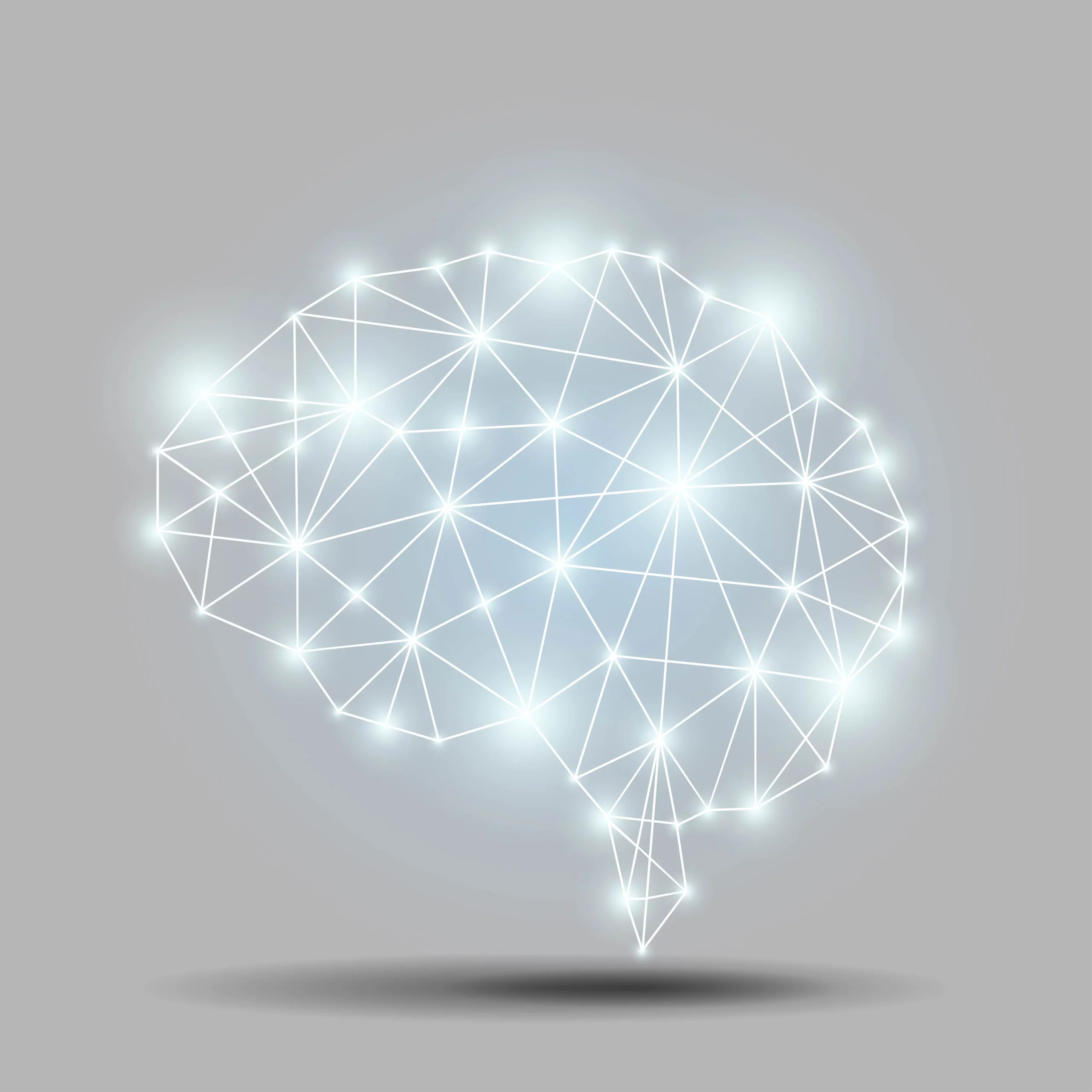A recent study published in the Proceedings of the National Academy of Sciences offers groundbreaking insights into the fundamental constraints that govern learning performance within neural circuits. Authored by a team of researchers at the University of Cambridge, including Raman Dhruva Venkita, Adriana Perez Rotondo, and Timothy O’Leary, the paper explores how the size of neural circuits impacts their learning capabilities, a significant stride in understanding both artificial and biological neural networks.
Abstracting the Neural Complexities
The study, coded under the Digital Object Identifier (DOI) 10.1073/pnas.1813416116, ventures into the notion that species with larger brains demonstrate superior cognitive function and learning capacity. This investigation takes this association further by illustrating how seemingly redundant neurons and synaptic connections actually enhance a network’s ability to learn.
The Optimal Network Size Conundrum
A pivotal finding of the research concerns an optimal size for neural networks when managing specific tasks. The Cambridge team discovered that beyond a certain threshold, increasing the number of neurons and synapses can negatively affect learning performance. This phenomenon is primarily attributed to the intrinsic noise generated by synapses, which suggests a limit to the advantageous expansion of neural circuits.
Hyperconnectivity in the Spotlight
These findings offer a novel perspective on neurological learning deficiencies, with hyperconnectivity possibly marking a transition from facilitative to hindering. This notion aligns with studies indicating that disorders such as autism might relate to such network overgrowth, thereby influencing learning processes negatively.
Technological and Biological Implications
The research transcends specific learning rules, providing a foundation for further discussions around learning rate, task performance, network size, and noise in neural circuits. This has substantial implications for artificial intelligence development and understanding of the human brain’s learning mechanisms.
The Energy Dynamics of Neural Information
References pivotal to the study include works by Laughlin et al. (1998) and Attwell and Laughlin (2001), examining the metabolic cost and energy budget of neural information processing. These works indicate an association between energy consumption and neural activity, an aspect foundational to the research of optimal neural circuit sizes.
Structural and Functional Parallels
The study sheds light on the architectural facets of neural circuits within cognitive contexts, significantly referencing prior research like Black et al. (1990) and Maguire et al. (2000), which explore the anatomical changes due to learning and environmental interaction.
The Broader Canvas
The reach of the research is substantiated by contributions such as those of Gaser and Schlaug (2003) on brain structure differences between musicians and non-musicians, pointing out the close interface between neural pathways and cognitive function, and thus supplementing the insights around neural network efficacy.
In Conclusion
Through their detailed analysis, the team at the University of Cambridge has delineated fundamental relationships within the learning apparatus of neural circuits. This interdisciplinary endeavor opens gateways to novel interventions in neurological disorders and advanced computational models.
Keywords
1. Learning performance neural circuits
2. Optimal neural network size
3. Neural circuit complexity learning
4. Synaptic noise learning efficiency
5. Brain connectivity cognitive function
References
1. Laughlin SB, de Ruyter van Steveninck RR, Anderson JC. The metabolic cost of neural information. Nat Neurosci. 1998;1:36–41.
2. Attwell D, Laughlin SB. An energy budget for signaling in the grey matter of the brain. J Cereb Blood Flow Metab. 2001;21:1133–1145.
3. Black JE, Isaacs KR, Anderson BJ, Alcantara AA, Greenough WT. Learning causes synaptogenesis, whereas motor activity causes angiogenesis, in cerebellar cortex of adult rats. Proc Natl Acad Sci USA. 1990;87:5568–5572.
4. Maguire EA, et al. Navigation-related structural change in the hippocampi of taxi drivers. Proc Natl Acad Sci USA. 2000;97:4398–4403.
5. Gaser C, Schlaug G. Brain structures differ between musicians and non-musicians. J Neurosci. 2003;23:9240–9245.
The article crafted above utilizes the provided DOI and reference material to create an informative news piece on the latest developments in neural circuit learning performance research. The suggested SEO keywords are integrated to enhance the online visibility and searchability of the content, targeting audiences interested in neuroscience, cognitive science, and artificial intelligence.
